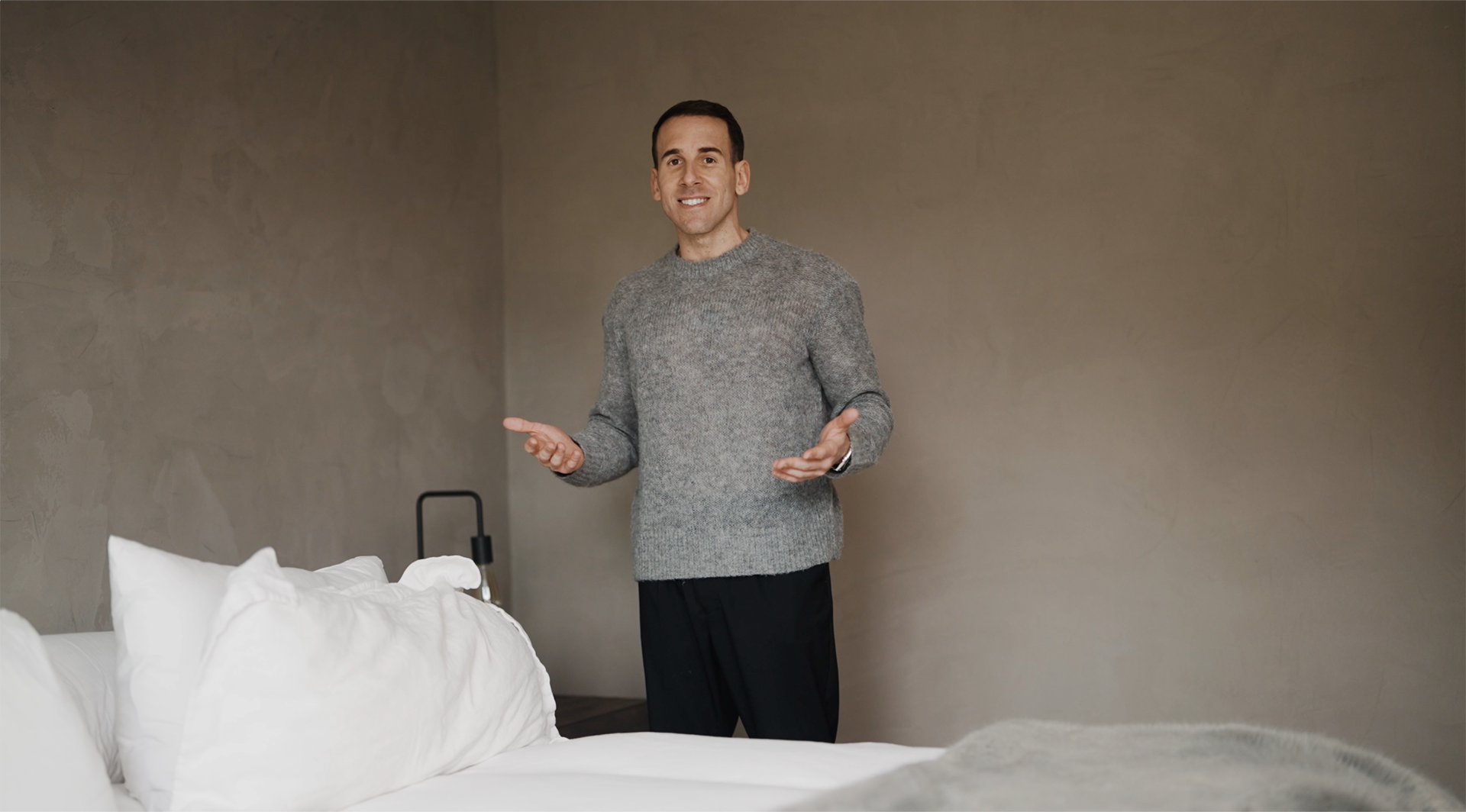Establishing a Consistent Sleep Schedule

1 min
Establishing a Consistent Sleep Schedule
Improve sleeping patterns by adhering to a set schedule.
As we age, sleep becomes more and more important. When we don’t get enough sleep, we tend to notice it—and it affects us in all aspects of our lives.The U.S. Centers for Disease Control and Prevention estimates that 15% of adults struggle to fall asleep at night. This is due in part to a variety of factors: our varying sleep routines, modern lifestyles, reliance on technology, to name a few.We can start training ourselves to get enough sleep by establishing a more consistent sleep schedule. The objective of this training is to improve your sleeping patterns and health by setting and adhering to a consistent bedtime and wake-up time.Crafting Consistent SchedulesWithout the proper structure, consistency is hard to achieve. Follow this Framework for enhanced sleep, and adjust it to fit your needs:
- Set your schedule.
Decide on a specific bedtime and wake-up time that suits your lifestyle and allows for adequate rest (which is typically 7-9 hours for adults). You can discover your exact sleep needs and how much time you spend in each sleep phase by utilizing a tracker such as the Whoop band. To see what the Whoop sleep report looks like, explore Dr. Jonathan Leary’s biometric data. - Add sleep to your calendar.
You may not want to schedule out every minute of your personal time, but adding your sleep and wake times to your calendar gives you an added layer of accountability. Set these times as a recurring event and treat them like non-negotiable appointments, just as you would drinks with a friend. - Prioritize sleep in your routine.
Make a concerted effort to stick to your scheduled sleep times every day, including weekends, as closely as possible. Arrange your daily activities to support your sleep schedule, ensuring you can wind down and wake up at your set times. - Monitor and adjust.
Over the first few weeks, monitor your sleep quality, mood, and energy levels. Use a wearable device if you have one to track your sleep patterns and quality. If you find that you need more or less sleep or need to modify your schedule, adjust accordingly.